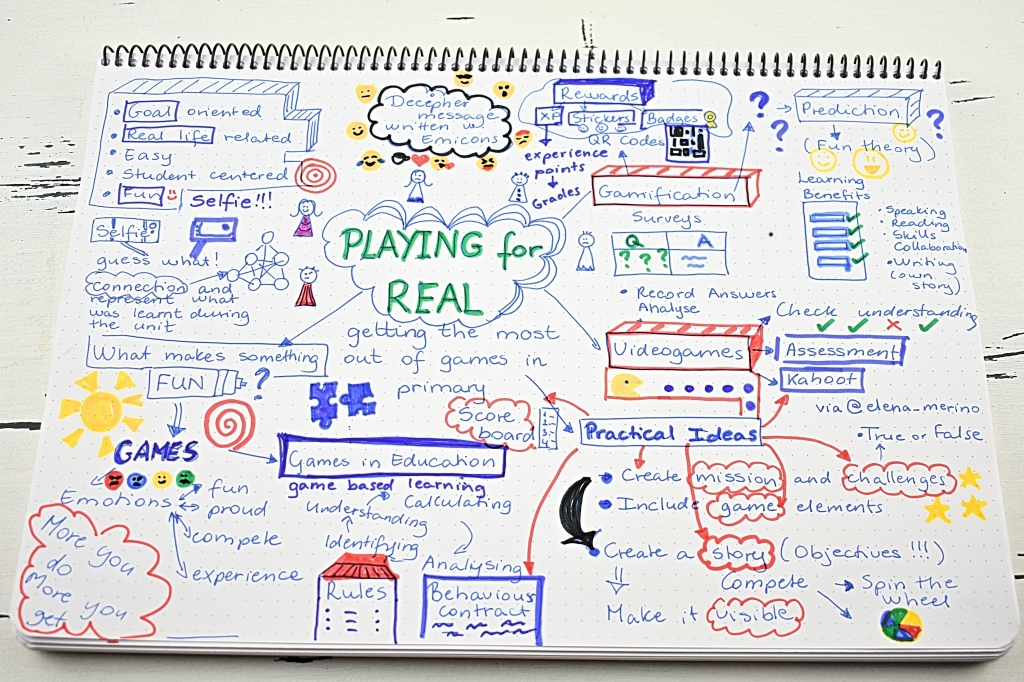
Games, game based teaching and playing in the classroom have become more and more emphasised in the recent years. It has been a hot topic not only in the early years but with older students too. It is trending in ESL and bilingual schools, as well.
We try our best to make kids enjoy the class and remember as much as possible when they get home after the classes. As I consider myself a lifelong learner, I make an attempt to attend relevant workshops to get new ideas that could come handy and can be used in daily practice.
So when I saw there was a workshop about games in the primary classroom, it was only a question of time to participate. The Webinar was hosted by Pearson ELT Spain, presented by Elena Merino about how to integrate games in our primary classrooms, how to get the most out of our lessons using fun theory. This little follow-up blogpost is my take away from her.
I believe and support both, structured and unstructured games in the classroom so I was looking forward to hearing from it more by attending this Webinar. I believe games should be part of the daily life of kids as well as adults. Games teach us real life skills, collaboration, self-management and social skills, all sort of communication skills such as listening, speaking and other non-verbal communication as well beside a lot of other useful things, the list would be infinite.
As Plato says:
“You can discover more about a person in an hour of play than in a year of conversation.”
So we can’t emphasise enough the importance of games.
Elena gave us practical ideas how to use structured games or play based learning in our daily routine to have fun in our classrooms.
Playing games changes emotions, get kids engaged, interested, motivated and proud. They gain experience and get better and better as they practice.
Structured games could be used as communication tools
- Speaking and listening activities (active or passive role in the same activity) to share ideas, filling gaps, changing information, collaborating to win the game
- Reading activities to find out more about a topic (skimming and scanning activities) made fun
- All sort of writing activities using entertaining video games, learning by doing, failing and correcting mistakes
Using XP (experience points) that teachers can use later for getting rewards (badges, stickers…etc.) XP can be converted into grades so they can also be used as assessment tools.
- Predict possible happenings
- Create missions
- Challenges
- Stories
We also love using games in my classroom.
Last year as it was the trend, I used Pokemons to assess kids’ knowledge at the end of our unit. I mentioned it in one of my previous blogpost that was about annoying trend of the year. There is a short description of the game/assessment in case you are interested.
I hid different Pokemon cards in the school with some questions on the back. Gave kids a sheet of paper where they needed to write the questions that could be found at the back of the Pokemon cards and their answers. Then the treasure hunt started. Needless to say, they loved it. Find out more about it on Miss T. PYP.
In upper primary kids, we could also use Minecraft and Celebriti to play and to assess their knowledge and learning.
Anyway, the main take away from the Webinar is some practical idea that can be used at different stages of the unit. Let’s see how to get the most out of games in primary:
- Create mission and challenges (check understanding and apply knowledge)
- Include game elements to keep kids motivated
- Create a story: make it visible and fun. Make sure you set clear objectives at the beginning of the activity
- Spin the wheel
- Have a behaviour contract (It is actually called Essential agreement in my class. Very handy.)
- Rules of games from the start
- Score board (make kids proud)
- Assessment tool such as Kahoot (fast and effective)
- Surveys: record answers and analyse (communication activity)
- Rewards: XP (experience points, stickers, badges)
- Selfie (guess what: check understanding and what was learnt during the unit, real life connection)
All credit is Elena’s who put this excellent Webinar together to give us some guidelines how to use games in our classes.

